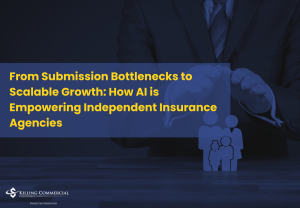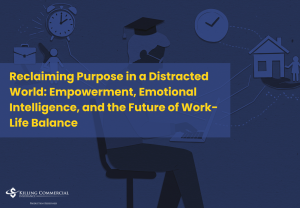
Protecting Your Middle Market Accounts with High Net Worth Referral Strategies
In commercial insurance, the most dangerous threats to your book of business aren’t always visible on the loss runs. One of the most overlooked vulnerabilities for middle market producers is ignoring the personal lines needs of their business owner and executive clients.







Responses